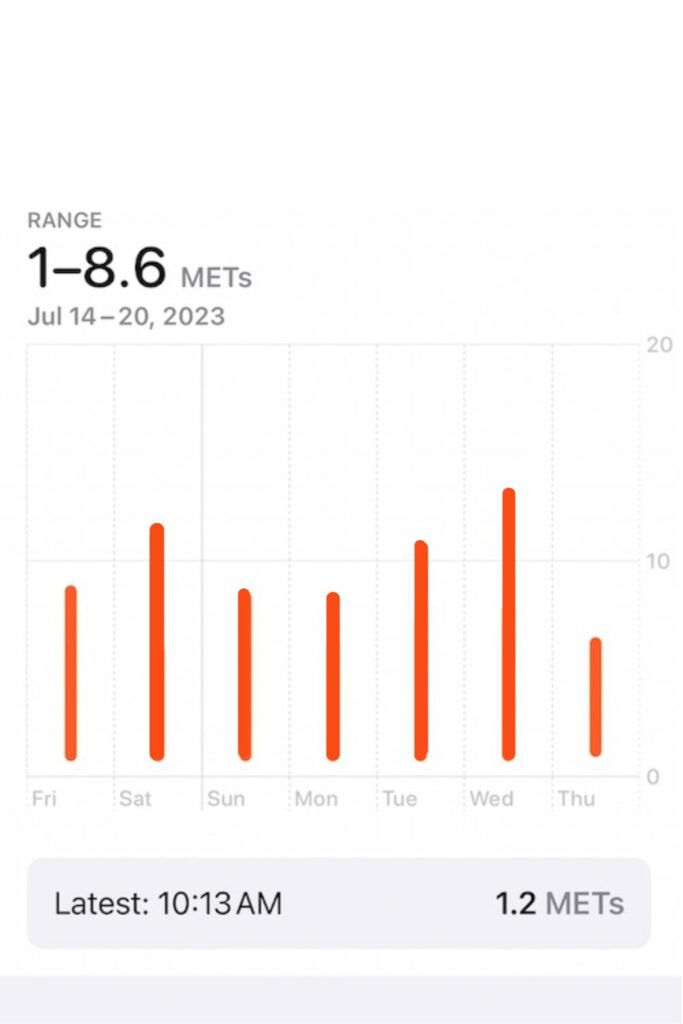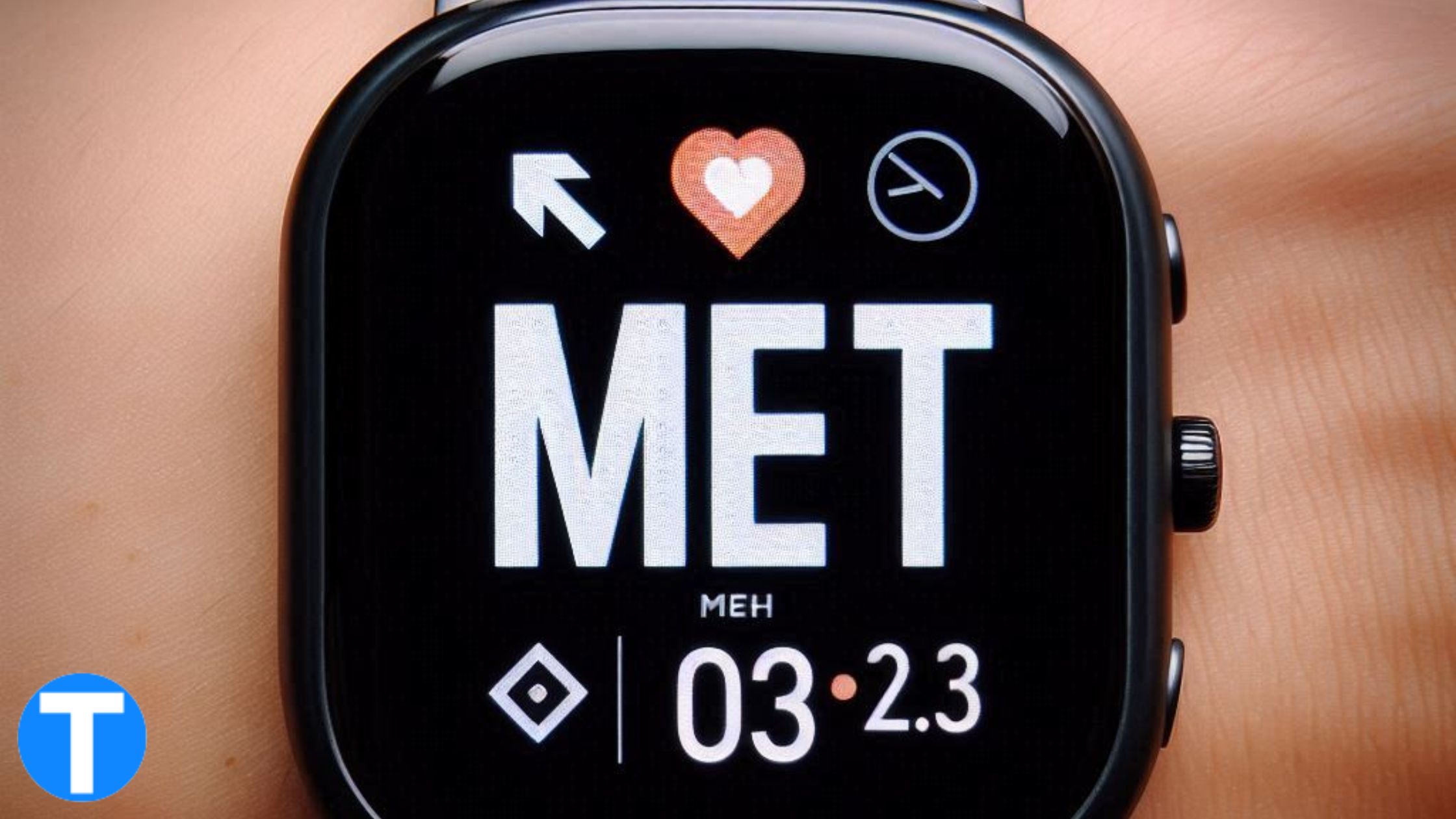Have you ever noticed your smartwatch throwing around something called “MET” and wondered what it’s all about? If so, you’re not alone! MET, short for Metabolic Equivalent of Task, is a handy measure to understand how hard your body is working during physical activities. It’s a simple number, but it can tell you a lot about your fitness journey. Let’s break it down in an easy, conversational way!
What Exactly is MET?
Imagine this: sitting on your couch scrolling your smartwatch equals 1 MET. It’s the energy your body burns at rest. Now, let’s say you’re out jogging—your MET might jump to 7 or 8, meaning you’re burning 7-8 times more energy than at rest. Cool, right?
This measure is a way to quantify the intensity of any activity. Whether it’s a light stroll (about 2 METs) or an intense cycling session (10+ METs), it gives you a clear idea of how much effort you’re putting in.
Which Smartwatch Brands Allow Tracking of MET?
Currently, Apple leads the way in providing MET (Metabolic Equivalent of Task) tracking, which is available through the Apple Health app paired with the Apple Watch. This metric helps users monitor activity intensity by comparing energy expenditure during exercise to resting levels, making it a valuable fitness tool.
Other smartwatch brands like Garmin and Fitbit don’t natively display MET scores. However, third-party apps like FITIV Pulse can calculate MET minutes using data from these devices, enabling similar tracking features. While MET tracking is gaining popularity, Apple offers the most integrated solution, with alternatives relying on app support
How to check your Physical Activity or MET Score on your iPhone
Apple’s new activity metric in iOS 17 is available in the Health app but only works with an Apple Watch paired to your iPhone. It won’t show up if you’re using another smartwatch or just your iPhone. The metric starts tracking data only after you update to iOS 17 and watchOS 10—it doesn’t include past activity.

- Open the Health app on your iPhone.

- Go to Browse > Activity > Physical Effort.

- View your MET scores by day, week, month, or year.
How Does a Smartwatch Measure MET?
Smartwatches are like mini science labs on your wrist. They calculate MET using sensors that track your:
- Heart Rate: Faster heart rate = higher MET.
- Motion: Every step or sprint counts.
- Oxygen Estimates: Some watches even estimate how efficiently your body uses oxygen (fancy, huh?).
All these data work together to give you a real-time picture of your activity intensity.
Checking MET on an Apple Watch
If you’ve got an Apple Watch, checking MET is super simple.
- During a Workout
Open the Workout app, start your session, and your watch keeps track of everything, including the metrics used for MET. - Post-Workout in the Health App
Sync your watch with your iPhone’s Health app. Dive into the Activity or Workouts section, and voilà—you’ll find metrics like heart rate and calories, which tie into MET. - Third-Party Apps
Apps like Strava make your MET data even clearer by integrating Apple Watch stats with their own analytics.
What Do MET Values Look Like?
Here’s a quick cheat sheet:
| Activity | MET Value | Intensity |
| Resting | 1 MET | Light |
| Walking (3 mph) | 3.5 METs | Moderate |
| Running (6 mph) | 9.8 METs | Vigorous |
| Yoga | 2.5 METs | Light |
Whether you’re lifting weights or chasing your dog at the park, MET gives you a measurable sense of how much energy you’re burning.
Pro Tips for Better MET Tracking
Want to make the most of MET data? Try this:
- Calibrate Your Watch: Make sure it fits snugly, and double-check your profile details (height, weight, etc.) for accuracy.
- Set Fitness Goals: Many apps let you set weekly MET targets to stay consistent.
- Combine Metrics: Use MET alongside heart rate and calorie burn for a complete picture of your health.
Why Should You Track Physical Effort or MET?
MET (Metabolic Equivalent of Task) is an important measure for understanding how much energy your body uses during activities. It has long been used in health research to assess fitness levels and physical activity.
A recent Norwegian study found that just a one-MET improvement in cardiorespiratory fitness (CRF) is linked to a 4% lower risk of needing antidepressant or anxiety medications. This shows that increasing MET levels not only supports physical health but can also reduce dependence on such medications.
Harvard Medical School categorizes METs into activity intensities:
- Sedentary (≤1.5 METs): Sitting or lying down.
- Light (1.6–3.0 METs): Leisurely walking or standing in line.
- Moderate (3.0–6.0 METs): Brisk walking or household chores like vacuuming.
- Vigorous (>6.0 METs): Running, aerobics, or shoveling snow.
How to Understand Your MET Score
As outlined in a study published by the National Institutes of Health (NIH)
- Less than 5 METs: Poor
- 5–8 METs: Fair
- 9–11 METs: Good
- 12+ METs: Excellent
You can better understand your physical effort and work toward improved fitness and well-being by tracking MET scores.
Final Thoughts
MET might sound like a geeky fitness term, but it’s actually an awesome tool to keep you on track. Whether you’re a gym-goer, a casual walker, or a weekend warrior, tracking MET helps you understand your body’s energy use. So, grab your smartwatch, start tracking, and watch those numbers climb—it’s your personal fitness coach on your wrist!

